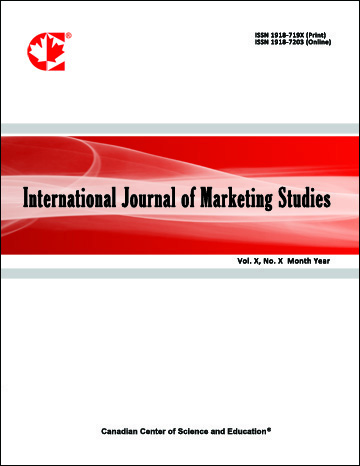Sustainable Consumption in Finland—The Phenomenon, Consumer Profiles, and Future Scenarios
- Arto Salonen
- Leena Fredriksson
- Saara Järvinen
- Päivi Korteniemi
- Jari Danielsson
Abstract
This research introduces eight different types of sustainable consumers and their future scenarios. We profiledconsumers from the angles of intrinsic and extrinsic motivation and egoistic and altruistic motivation. We
applied to the Structure of Motivation for Sustainable Choices which is based on the Theory of Interpersonal
Behaviour (Triandis, 1977). The qualitative data (n = 37) and quantitative data (n = 1023) were analyzed by
mixed methods. The identified consumer profiles were the Uncompromising, the Autocrats, the Curious, the
Ambitious, the Bystanders, the Devoted, the Caretakers, and the Dreamers. The quest for sustainable
consumption was verified for all the consumer groups. The Devoted and the Uncompromising are consumers
that are strongly aware of the consequences of their consumption. They represent altruistically and intrinsically
motivated consumers. From the perspective of marketing and product conceptualizing, it is essential that quality,
rather than price, counts for much in several of the consumer groups that are intrinsically motivated.
Extrinsically motivated consumers (the Caretakers, the Dreamers and the Bystanders) account for 53.5% of
Finnish consumers. They represent enormous potential for social change, as they can be influenced in many
ways. The product or service that appeals many of the identified consumer groups is the one where both the
egoistic and altruistic consequence of consumption coincides. For example, locally produced organic vegetables
benefits the local community, food and nutrition promote public health, and consumer choice maintains
biodiversity and helps establish global food security.
- Full Text:
 PDF
PDF
- DOI:10.5539/ijms.v6n4p59
Journal Metrics
Google-based Impact Factor (2021): 1.34
h-index (July 2022): 70
i10-index (July 2022): 373
Index
- Academic Journals Database
- CNKI Scholar
- EconBiz
- Electronic Journals Library
- Excellence in Research for Australia (ERA)
- GETIT@YALE (Yale University Library)
- Harvard Library
- IBZ Online
- Infotrieve
- JournalTOCs
- LOCKSS
- MIAR
- PKP Open Archives Harvester
- RePEc
- ResearchGate
- ROAD
- Scilit
- SHERPA/RoMEO
- Stanford Libraries
- UCR Library
Contact
- Alyssa SunEditorial Assistant
- ijms@ccsenet.org
